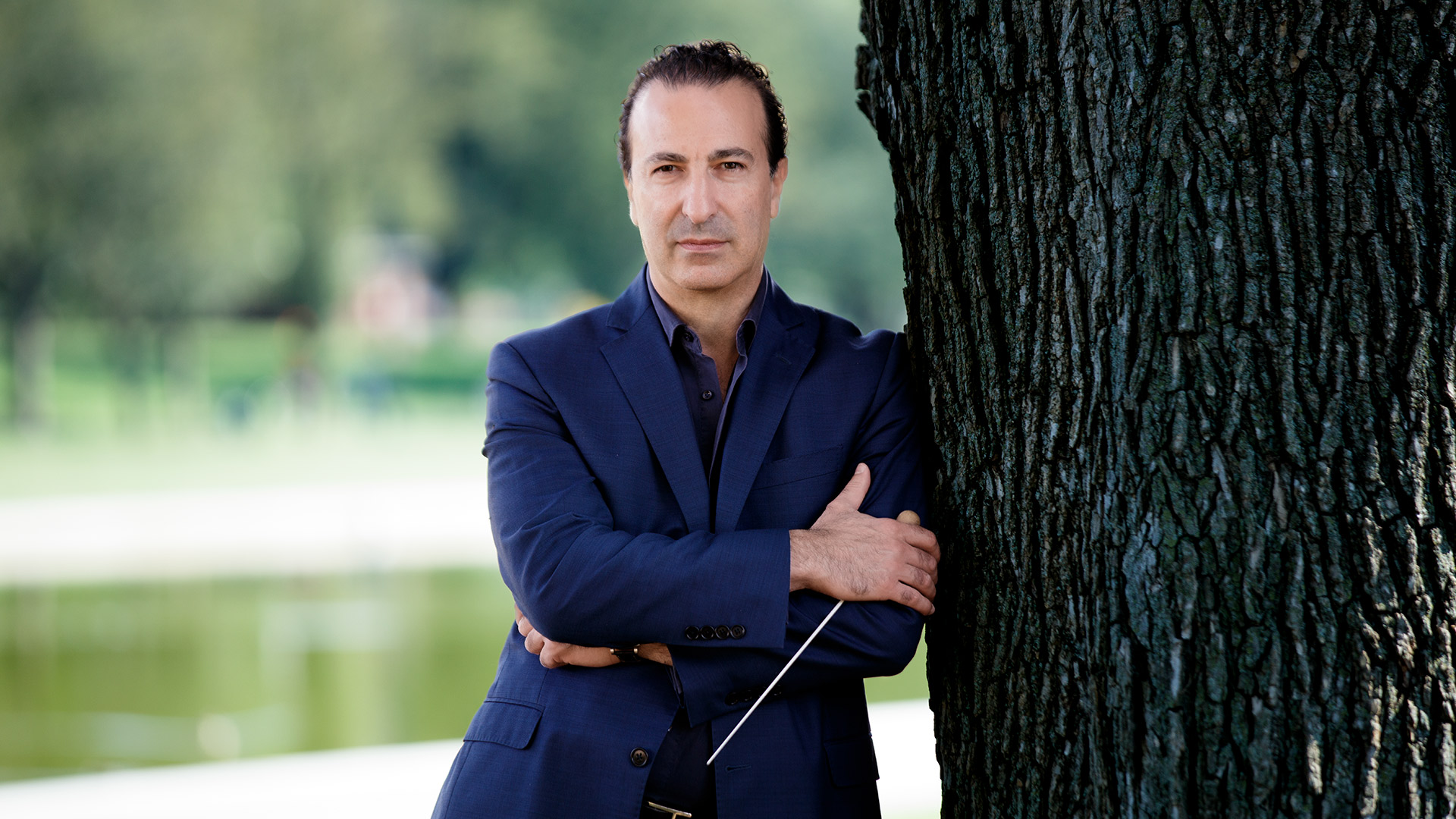GIOACHINO ROSSINI
Symphony from La Cenerentola
GIOACHINO ROSSINI
Symphony from Il barbiere di Siviglia
WOLFGANG AMADEUS MOZART
Ouverture from Così fan tutte
GIOACHINO ROSSINI
Symphony from L’italiana in Algeri
WOLFGANG AMADEUS MOZART
Ouverture from Don Giovanni
LUDWIG VAN BEETHOVEN
Ouverture Coriolano op. 62
LUDWIG VAN BEETHOVEN
Ouverture Egmont op. 84
Conductor
Alvise Casellati
Orchestra of the Opera Carlo Felice Genova
Rossini’s overtures from La Cenerentola, Il barbiere di Siviglia and L’italiana in Algeri date from 1817, 1816 and 1813 respectively. The three opera buffa titles thus belong to the last period in which Rossini dealt with this genre (with the exception of the farce Adina of 1818), and are among the best examples of it. Rossini’s music is always characterised by the composer’s incredible ability to synthesise different styles, both musically and dramaturgically. His overtures stand out as true concentrates of musical ideas that already fully express the tone of the dramaturgy to follow, usually with a scheme that includes a slow introduction and an Allegro; this is the case of the overtures he created for La Cenerentola, Il barbiere di Siviglia and L’italiana in Algeri, rich in invention and that special irony that makes Rossini’s message deep and multifaceted. Translated with www.DeepL.com/Translator (free version)
Mozart’s famous ‘Italian Trilogy’ consists of the three operas Le nozze di Figaro (1786), Don Giovanni (1787) and Così fan tutte (1790), composed to librettos by Lorenzo Da Ponte. The trilogy belongs to the composer’s full maturity, and represents a very high moment in the history of opera buffa, both musically and in terms of librettism/literature and dramaturgy. The overtures of Don Giovanni and Così fan tutte bring together both Mozart’s theatrical and symphonic genius, proven by his intense activity in the composition of symphonies – of which he composed some of his most famous and accomplished in those same years. Just as in the case of Rossini, who was inspired in this by the work of the composer from Salzburg, so too in Mozart the opera buffa is an ensemble of comic and tragic components reflecting the complexity of reality, so the symphonic introduction to the opera aims to convey this articulated set of affections with a great variety of hues and styles.
The overture to Coriolanus – a tragedy by Heinrich Joseph von Collin inspired by the Roman hero Gaius Marcius – dates back to 1807. Beethoven composed it initially as an intermezzo to the play. The overture was not actually performed during the premiere of Coriolanus, but soon established itself as an independent piece. Beethoven’s writing is strongly inspired by epic and heroic ideals; the intense expressiveness centres on a moment of confrontation between the warlike dimension of Coriolanus and the peaceful figures of his mother and wife, with a tormented alternation of themes and strongly contrasting rhythmic and harmonic solutions. The Egmont Overture is part of the stage music that Beethoven composed between 1809 and 1810 for Goethe’s tragedy of the same name. The Overture is the most famous of the 10 pieces that make up the stage music, and is divided into three moments that introduce the main themes of Goethe’s tragedy, namely heroism, freedom and love. If the incipit outlines the features of a dark oppressor, soon Beethoven’s orchestration introduces the figure of the hero in an Allegro tempo that represents the strength of the protagonist who fights until he succumbs; the final triumph emphasises the magnificence of the ideals of freedom and love even beyond earthly death.
Ludovica Gelpi
